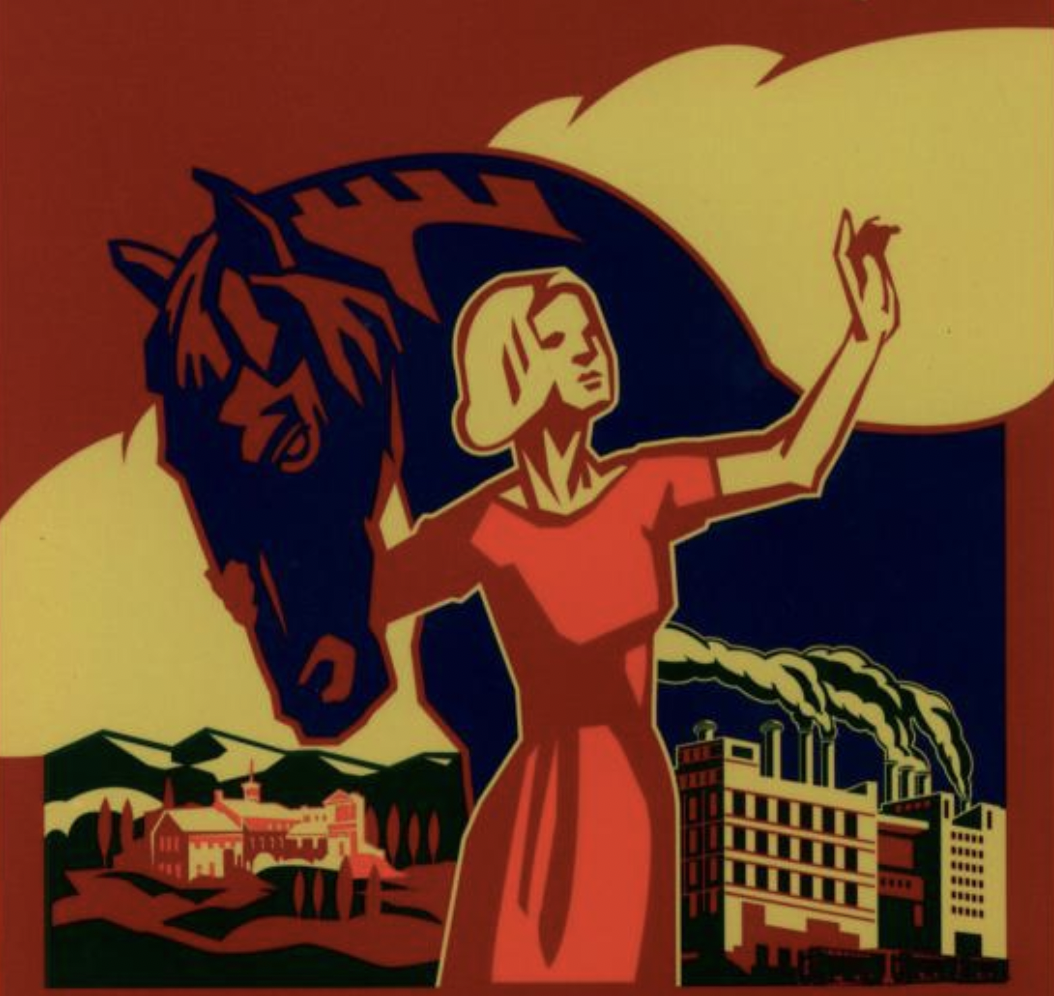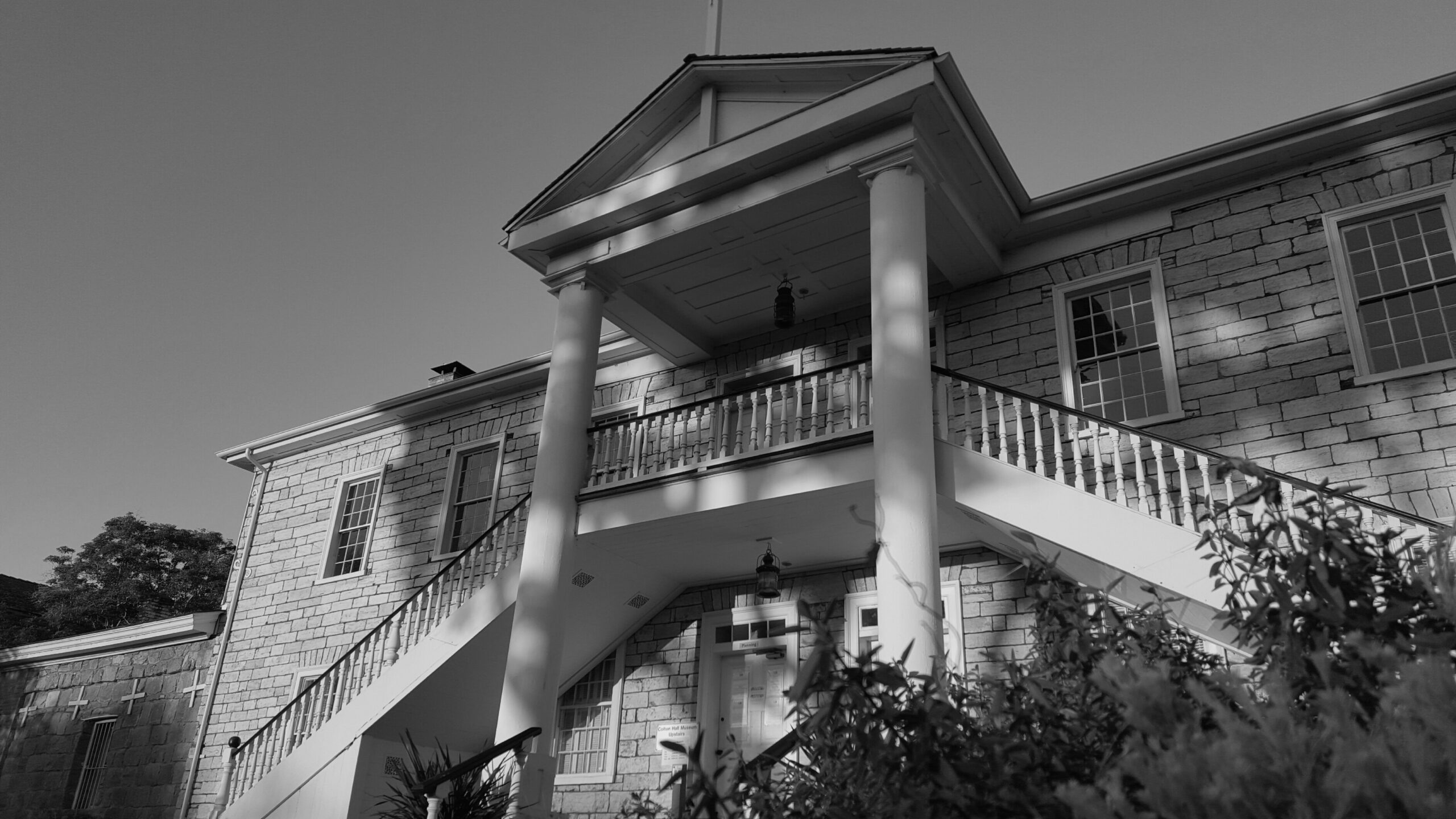| BOOKS
By Larry Parsons
Deep into three of the best books I’ve read, I came across a tight description of how someone like me fits into the vast story told by celebrated California historian Kevin Starr.
I’m what Starr terms a “native-born boomer,” one who was born in the state’s post-World War II surge of population to parents who, too, were native Californians. A wish to learn more about the California in which my parents lived — both reached adulthood in the 1930s in Southern California — prompted me to finally pick up one of Starr’s acclaimed nine volumes of state history.
With an overarching metaphor of California as an alluring dream for immigrants and residents who pursue its rich and fabled opportunities, Starr’s books range from the state’s pre-Columbian setting to the 21st century. His knowledge, scholarship and exquisite writing are as breathtaking as one’s first view of Yosemite Valley.
Reading Starr was long on my back burner. When I spotted “Endangered Dreams: The Great Depression in California” at a Salinas library, I wisely decided, “It’s time.”
Enlarge

In a single book whose chapters each could stand as elegant historical essays, Starr traverses the state’s long record of labor turbulence, the birth of media-driven election campaigns, polarized politics more violent and eccentric than today’s, and great public works projects that still serve Californians.
Just a few of the nuggets in it are generous sketches of the monumental construction of Hoover Dam, the quixotic 1934 gubernatorial campaign of socialist author Upton Sinclair, and the vigilante-fueled militia movement that violently put down the 1936 Salinas lettuce strike.
Another political outgrowth of the hard times in California was the quasi-socialist “Ham and Eggs” movement led by Depression-bled pensioners in the late 1930s. It eerily presages the vitriol of 1978’s anti-property tax movement and the backlash fury of 2010’s Tea Party “populism.”
I quickly — as quickly as one can read some 700 more pages — consumed the next two volumes, “The Dream Endures: California Enters The 1940s” and “Embattled Dreams: California in War and Peace, 1940-1950.” One comes away astounded by the number of vital characters, colossal undertakings, resounding works of art, wrenching human migrations and social imprints these two decades brought to California. There’s the stuff of countless potential TV mini-series and historical novels in these pages.
One comes away astounded by the number of vital characters, colossal undertakings, resounding works of art, wrenching human migrations and social imprints these two decades brought to California.
With a blessedly light look at politics as practiced in Sacramento, Starr is generous in his treatment of public and private Californians — their arts, pastimes, industries, desires, fears and racial hatreds. He looks at Hollywood’s apex years, the wartime transformations of Los Angeles, San Francisco and San Diego, and all types of religious cults, political quacks, sensational crimes and social trends that have always made California “so California.”
Starr is a master of brevity. He can explain in a few pages everything from the Red Scare security investigation of UC Berkeley nuclear physicist J. Robert Oppenheimer to the ins and outs of staggering Los Angeles police corruption in the 1930s that was fodder for Raymond Chandler and legions of other “gangster noir” writers and filmmakers.
Starr has a sharp eye for detail. His accounts can move from the popular, upscale Los Angeles restaurant where the Cobb salad was born to the backwoods Mendocino hamlet of Boonville, where an insular community developed its own language called “Boontling.” He knows readers will enjoy learning that San Francisco’s most famous brothel keeper and later mayor of Sausalito, Sally Stanford, coined her professional surname from a headline about one year’s winner of the annual Big Game between Cal and Stanford.
For Monterey County readers, there are vivid sketches of Jaime de Angulo, Big Sur’s “original character,“ and author Henry Miller, a 19-year Big Sur resident. Starr places Miller’s potent 1940s brew of sexual license and disdain for mainstream America at the crux of California’s counter-cultural “Berkeley-Big Sur axis” that would spawn beatniks, Free Speech protests and hippies.
Starr devotes a chapter in “The Dream Endures” to Carmel photographers Edward Weston and Ansel Adams. He offers biography and smart criticism, while linking their treasured images of California’s high Sierra and dramatic coastline to the spiritual power of wilderness and nature worshiped by many residents and visitors alike.
Amid all the riches, the most moving chapter comes from Starr’s striking pairing of Carmel poet Robinson Jeffers, whose misanthropic view of humankind turned him from the coming cataclysm of World War II, and Ishi, the last surviving member of the Yahi people, who was captured at age 50 outside Oroville in 1916.
How Ishi, the lone survivor of one of California’s many genocides against its native peoples, spent his final years in San Francisco while befriending and influencing UC professors, doctors and everyday people is humbling and unforgettable evidence of the power of shared humanity and open hearts.
I came away from these three books almost overwhelmed by the feast of information they contain about California’s not-very distant past. Especially with the Depression volume’s vivid accounts of the state’s dismal record of farm labor conditions and worker organizing, I repeatedly asked, “How did I not know this?” I felt profoundly ignorant. Just Google “1933 cotton strike” or “Wheatland hop riot 1913.” You’ll see what I mean.
I came away from these three books almost overwhelmed by the feast of information they contain about California's not-very distant past.
At the same time, Starr’s books offer a wealth of jumping-off points for further exploration of California history during these 20 pivotal years. His bibliographies are comprehensive lists of books, reports and primary-source materials. But each volume, especially “The Dream Endures,” contains overviews of scores of novels, films, paintings, sculptural works and architecture with crisp biographies of the Californians who produced them during these decades.
That volume, for instance, looks at groups of painters in the Bay Area and Southern California who brought California painting out of its provincial landscape backwaters into interpretations of the way Californians actually lived in their natural and man-made surroundings. Starr selects “Angel’s Flight,” a 1931 painting by renowned Southern California artist Millard Sheets, as the decade’s pinnacle work.
The painting shows two women on an observation deck overlooking the Angel’s Flight cable-car railway in downtown Los Angeles — an LA landmark made famous in scores of books, films and TV shows. Starr explains how the painting, through the women’s poses, clothing and their commanding vantage point, is visual commentary on the growing independence of many women in California in these years.
Elsewhere, he examines the changing and more powerful roles of female stars in the movies. He details the role, reception and impact of women workers in the California airplane factories and shipyards that stoked the U.S. military armada during World War II.
In short, these are books for every native-born boomer and anyone seeking to explore the real gold fields of California.
Enlarge

Photo illustration by Joe Livernois
Have something to say about this story? Send us a letter.